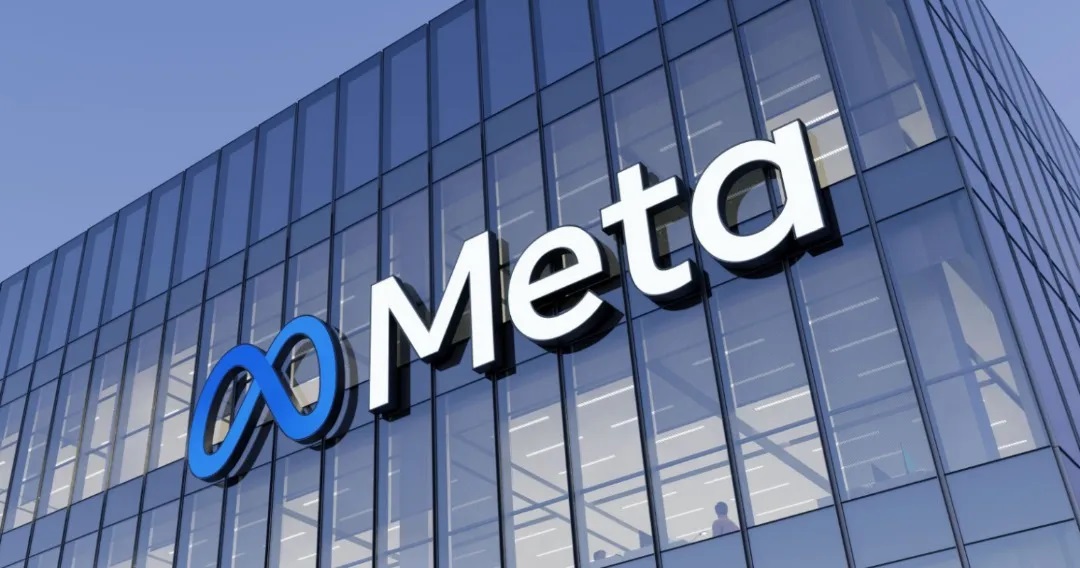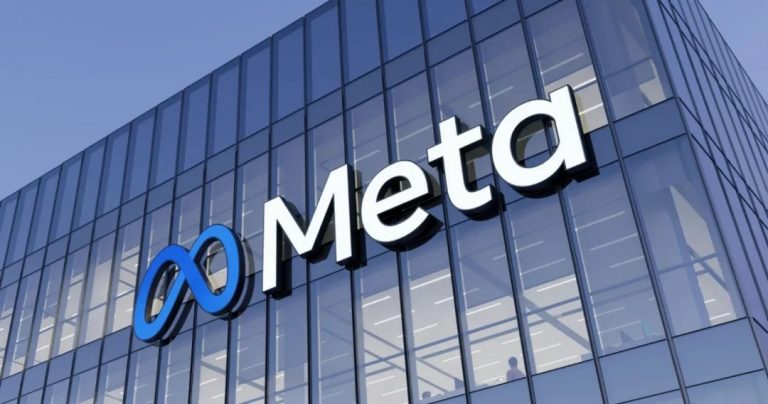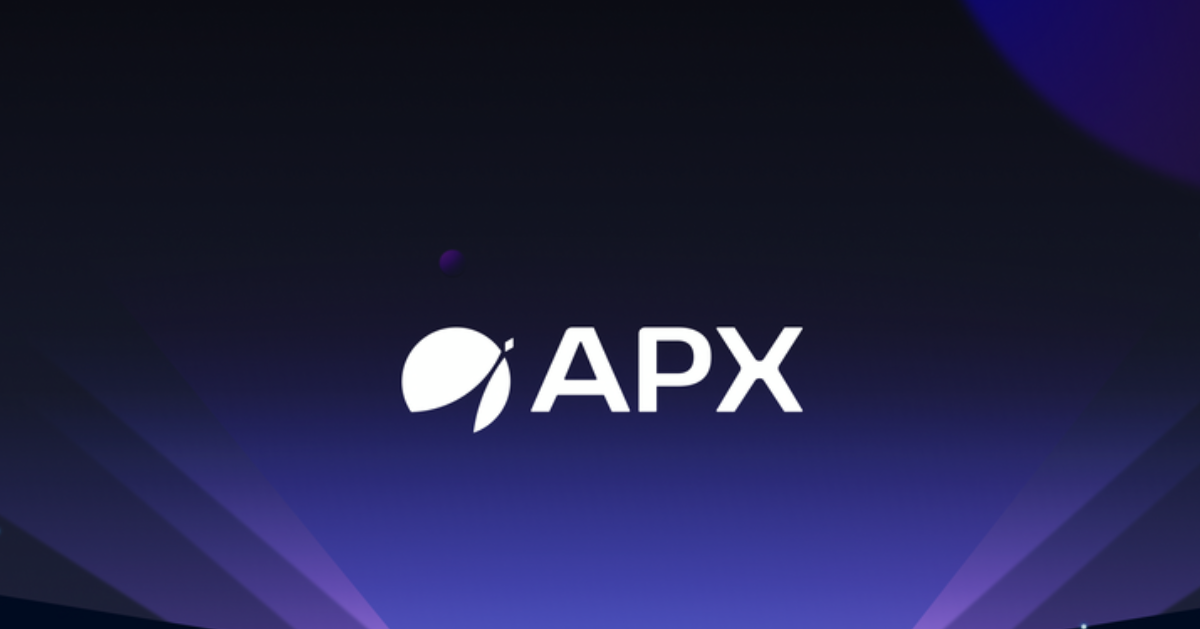Meta to Roll Out Ad-Free Subscription in UK Amid Rising Privacy Scrutiny


Meta Platforms said Friday it will launch an ad-free subscription tier for Facebook and Instagram users in the United Kingdom, widening a European experiment forced by intensifying regulatory pressure on how tech giants use personal data.
The subscriptions, set at £2.99 ($3.99) a month on the web and £3.99 on mobile, mirror a model Meta introduced across the European Union last year to comply with strict privacy requirements. Under the plan, users who pay will no longer see targeted ads and their data will be excluded from advertising systems, while those who stick to the free version will continue under the current ad-supported model.
The UK rollout comes after the Information Commissioner’s Office raised questions about whether platforms are sufficiently transparent about how personal information fuels digital advertising. Regulators in Brussels have already taken Meta to task under the EU’s landmark General Data Protection Regulation (GDPR), which requires companies to secure explicit consent before tracking users for personalized ads.
Register for Tekedia Mini-MBA edition 18 (Sep 15 – Dec 6, 2025) today for early bird discounts. Do annual for access to Blucera.com.
Tekedia AI in Business Masterclass opens registrations.
Join Tekedia Capital Syndicate and co-invest in great global startups.
Register for Tekedia AI Lab: From Technical Design to Deployment.
Meta said the new subscription was designed to “give people more control over their online experience” while still preserving its ability to provide free services funded by advertising. The stakes are high as advertising revenue remains Meta’s lifeblood, accounting for about 98% of its $164.5 billion haul in 2024.
The move reflects a wider shift across Silicon Valley, where companies are rethinking ad practices in the face of global privacy demands. Apple upended the industry in 2021 with its App Tracking Transparency framework, which lets users block apps from following them across platforms. Google, meanwhile, is phasing out third-party cookies on its Chrome browser, replacing them with what it calls the Privacy Sandbox.
Yet Meta’s pivot is not only about user choice — it is widely seen as a legal and reputational shield to minimize growing scrutiny over its handling of private data. By offering an ad-free alternative, Meta can argue it is complying with regulators’ demand for consent-based advertising, even if most of its billions of users are expected to remain on the free, ad-supported service.

The company’s strategy also situates it within a growing club of platforms experimenting with subscription models. YouTube Premium, which removes ads and bundles in YouTube Music, has become one of the most successful examples, boasting more than 100 million subscribers globally. Spotify, while built primarily on subscriptions, still runs an ad-supported tier, effectively flipping Meta’s model on its head. X, formerly Twitter, has pushed its Premium service as a way to generate revenue beyond advertising, though uptake has been limited compared with YouTube or Spotify.
Although for Meta, the calculus is different. Subscriptions are unlikely to replace the billions generated from targeted advertising, but they serve as a regulatory escape valve at a time when governments are scrutinizing whether “free” services funded by personal data are truly compatible with user rights. Analysts say the ad-free tier’s success or failure will matter less than the message it sends to regulators: that Meta is willing to adapt.
The Financial and Behavioral Equation
From a revenue standpoint, the numbers highlight the scale of the challenge. Even if just 1% of Meta’s 42 million UK Facebook and Instagram users opted into the £2.99 subscription, that would generate roughly £15 million annually — a fraction compared to the billions Meta earns from targeted ads in the same market. Globally, Meta makes an average of more than $40 per user per year in advertising revenue, meaning subscriptions would need massive adoption to come close to matching its current ad-driven model.

Behavioral economics also suggests adoption will be limited. Surveys in the EU following the rollout of Meta’s subscription found that only a small fraction of users were willing to pay to avoid ads, with many preferring to tolerate targeted advertising in exchange for free access. This “privacy paradox” — where users express concern about data use but rarely pay for privacy-friendly alternatives — underscores the uphill battle for widespread adoption.
Still, the value of the subscription may not lie in mass uptake but in optics and compliance. Analysts say Meta can point to the offering as proof of regulatory alignment while continuing to rely on the vast majority of users who remain in the ad-supported tier. In that sense, the subscription functions more as a legal firewall than a financial engine.





